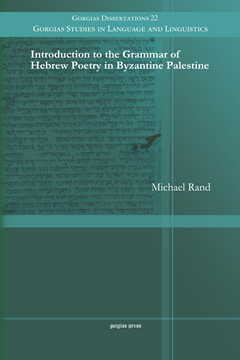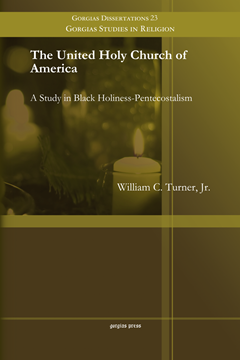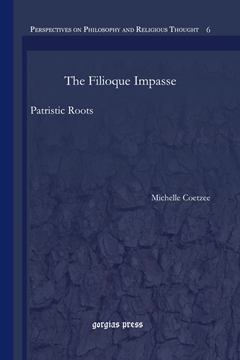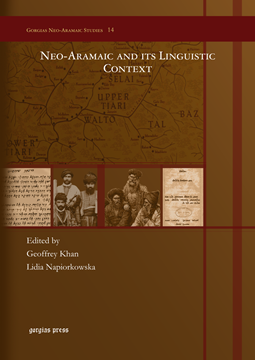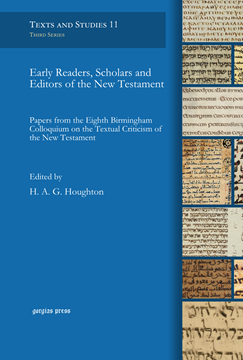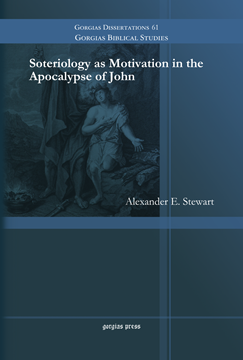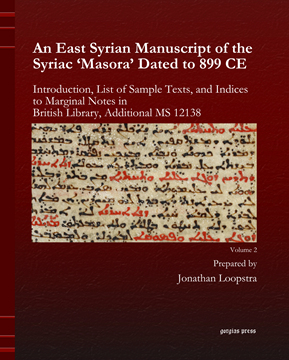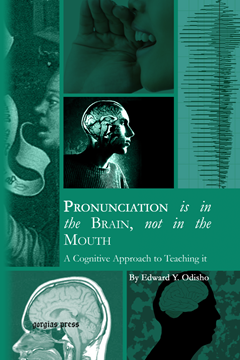Midrash and Legend
Historical Anecdotes in the Tannaitic Midrashim
Series: Gorgias Studies in Judaism 9
ISBN: 978-1-4632-0396-2
This study applies form criticism to the stories of the earliest rabbinic midrashim. The results shed light on the literary personalities of the individual midrash collections and the relationships of transmission in the tradition. These stories are of particular interest from an inter-religious and comparative literary point of view because New Testament studies have often referred to certain narratives in the gospels as "midrashic." The author sets forth, in positive terms, an understanding of what functions historical anecdotes serve in the tannaitic midrashim, along with a catalogue of the rhetorical conventions used to fulfill those functions.
$196.00 (USD)
Introduction to the Grammar of Hebrew Poetry in Byzantine Palestine
By Michael Rand
Series: Gorgias Studies in Language and Linguistics 22
ISBN: 978-1-4632-0402-0
This book investigates the interaction between grammatical norms and poetic technique on the basis of a corpus selected from the oeuvre of the payyetan Eleazar be-rabbi Qillir. As a basis for this investigation, a descriptive/comparative analysis of the Qillirian dialect is offered. The first portion of the work is a grammar devoted mainly to morphology and syntax. The second portion of the work is an investigation of the poetic norms, as well as rhetorical techniques employed by Qillir, together with an assessment of their impact on the grammar. The overall aim of the project is to design an analytical framework within which a self-conscious poetic dialect might be investigated.
$165.00 (USD) $99.00 (USD)
The United Holy Church of America (Paperback)
A Study in Black Holiness-Pentecostalism
Series: Gorgias Studies in Religion 23
ISBN: 978-1-59333-362-1
This project was inspired by years of nurture and ministry in the church upon which the study focuses. With roots going back to the historic African American Church, it offers a window into early growth, the development of crucial theological positions, institutional development within the American Church of the twentieth century, and emerging patterns for worldwide Christianity in the twenty-first century. The struggle within this project is against a background of misunderstanding. Given the pejorative biases in earlier studies against African American Christianity in general, and Holiness-Pentecostalism in particular, a contest is under way for placement within the appropriate taxonomy.
$76.00 (USD) $45.60 (USD)
The Filioque Impasse
Patristic Roots
ISBN: 978-1-4632-0403-7
A fascinating study of the underlying reasons for the disagreement over the clause “and the Son” in the Western version of the Niceno-Constantinopolitan creed, which contributed to the schism between Eastern and Western Christians. Coetzee argues that there has been a great deal of misunderstanding of the positions of each tradition by the other, partly due to the fact that East and West imbue certain key words, such as ‘person’ and ‘unity’, with different meanings which Coetzee believes come from different understandings of Hellenic philosophy. Against this backdrop, Coetzee sets about clearing up some of the misunderstandings.
$99.00 (USD) $59.40 (USD)
Neo-Aramaic and its Linguistic Context
Edited by Geoffrey Khan & Lidia Napiorkowska
Series: Gorgias Neo-Aramaic Studies 14
ISBN: 978-1-4632-0410-5
This volume contains papers on the Eastern Neo-Aramaic dialects and the languages in contact with them. The papers make important contributions to the documentation of the dialects and to the understanding of their development in the context of non-Semitic contact languages.
$206.00 (USD) $123.60 (USD)
Early Readers, Scholars and Editors of the New Testament
Papers from the Eighth Birmingham Colloquium on the Textual Criticism of the New Testament
Edited by H. A. G. Houghton
Series: Texts and Studies (Third Series) 11
ISBN: 978-1-4632-0411-2
A collection of ten original papers on the New Testament text, first presented in 2013, which reflect the diversity of current research. Examples of ancient engagement with the Bible include Origen, Eusebius of Caesarea and Augustine along with early translations.
$141.00 (USD) $84.60 (USD)
Icons of the Heavenly Merchant
Ephrem and Pseudo-Ephrem in the Madrashe in Praise of Abraham of Qidun
By Andrew Hayes
Series: Gorgias Eastern Christian Studies 45
ISBN: 978-1-4632-0414-3
A detailed study of a cycle of fourth-century liturgical poems, in Syriac, dedicated to a great pioneer of the Syriac ascetical tradition. Hayes analyzes its various portraits of the saint, shaded differently by Ephrem and his later imitators.
$187.00 (USD) $112.20 (USD)
Soteriology as Motivation in the Apocalypse of John
Series: Gorgias Biblical Studies 61
ISBN: 978-1-4632-0419-8
This monograph employs Toulmin’s model of argumentation analysis to examine how the Apocalypse of John motivates its hearers to respond to John’s prophetic apocalyptic exhortation. John’s visions of salvation and judgment provide the positive and negative grounds for motivational argumentation.
$154.00 (USD) $92.40 (USD)
An East Syrian Manuscript of the Syriac 'Masora' Dated to 899 CE (Volume 2)
Introduction, List of Sample Texts, and Indices to Marginal Notes in British Library, Additional MS 12138
Prepared by Jonathan Loopstra
ISBN: 978-1-4632-0391-7
This unique manuscript of the East Syrian Syriac ‘Masora’ is essential for any study of early Syriac vocalization, accentuation, and punctuation. In Volume 1, Gorgias Press has published a facsimile reproduction of this unique ‘masoretic’ manuscript. This volume (Volume 2) includes an introduction and comprehensive lists of all scriptural sample texts and marginal notes in this compilation.
$228.00 (USD) $136.80 (USD)
Pronunciation is in the Brain, not in the Mouth
A Cognitive Approach to Teaching it
ISBN: 978-1-4632-0415-0
This book investigates the cognitive roots of pronunciation in children and adults and the emergence of accent with adults when learning a second language (L2). Subsequently, any teaching of L2 pronunciation to adults should be premised on a multisensory and multicognitive approach covering a wide selection of teaching and learning strategies consistent with the cognitive roots.
$96.00 (USD) $57.60 (USD)

